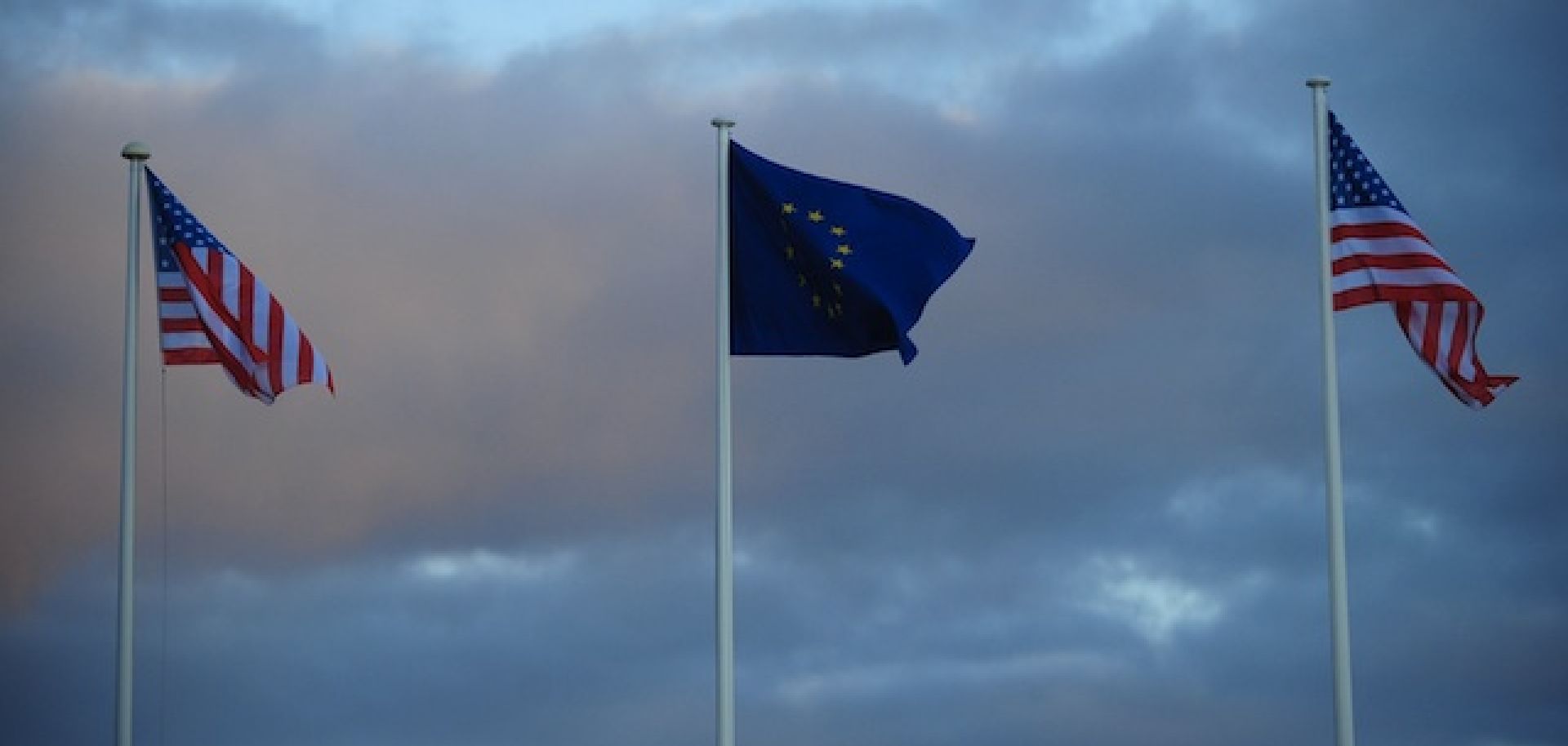ASSESSMENTS
Problems Surround the EU-U.S. Free Trade Negotiations
Jun 20, 2013 | 07:00 GMT

(RAFA RIVAS/AFP/Getty Images)
Summary
The problems surrounding upcoming EU-U.S. free trade negotiations epitomize Europe's enduring dilemma: The national interests of the bloc's various members will make it difficult to form a unified stance. Europe's economic crisis and its declining population have forced EU leaders to try to promote domestic economic growth by exporting to non-European markets. Given the European Union's historical and cultural links with the United States, targeting the U.S. market with a free trade agreement is a logical move.
For its part, the United States hopes to benefit from such an agreement, which likely would narrow Washington's trade deficit with Europe and boost U.S. exports. And the fact that all EU members are willing to enter negotiations with the United States shows that they, too, understand the potential benefits of a free trade agreement. However, the bloc is divided on the terms of the agreement because not all members would profit from it equally.
Subscribe Now
SubscribeAlready have an account?
